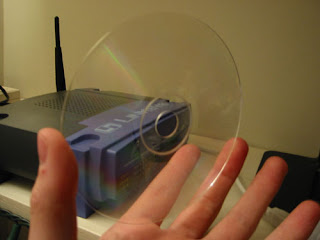An optical fiber cable is a transmission medium in which is made up of glass (silica) and the data's are transferred as optical signals (light signals). LASER or a LED is used for transmitting the optical signal (data) and a photodiode is used for receiving the optical signal.
Data transmission through optical fiber cable will be faster than co-axial cable and twisted pair cable (both uses copper strand as the medium of communication). The optical signal wont travel in a straight line. The rays will reflects on wall of the glass strand. The cable is surrounded by many layers, this will helps to prevent external noise and refraction of signal.
Types of fiber cable
There are three basic types of fiber cable:
- Single mode fiber optic cable
- Multi-mode step index optic cable
- Multi-mode gradient index optic cable
Types of fiber optic connectors
- ST
- SC



















































